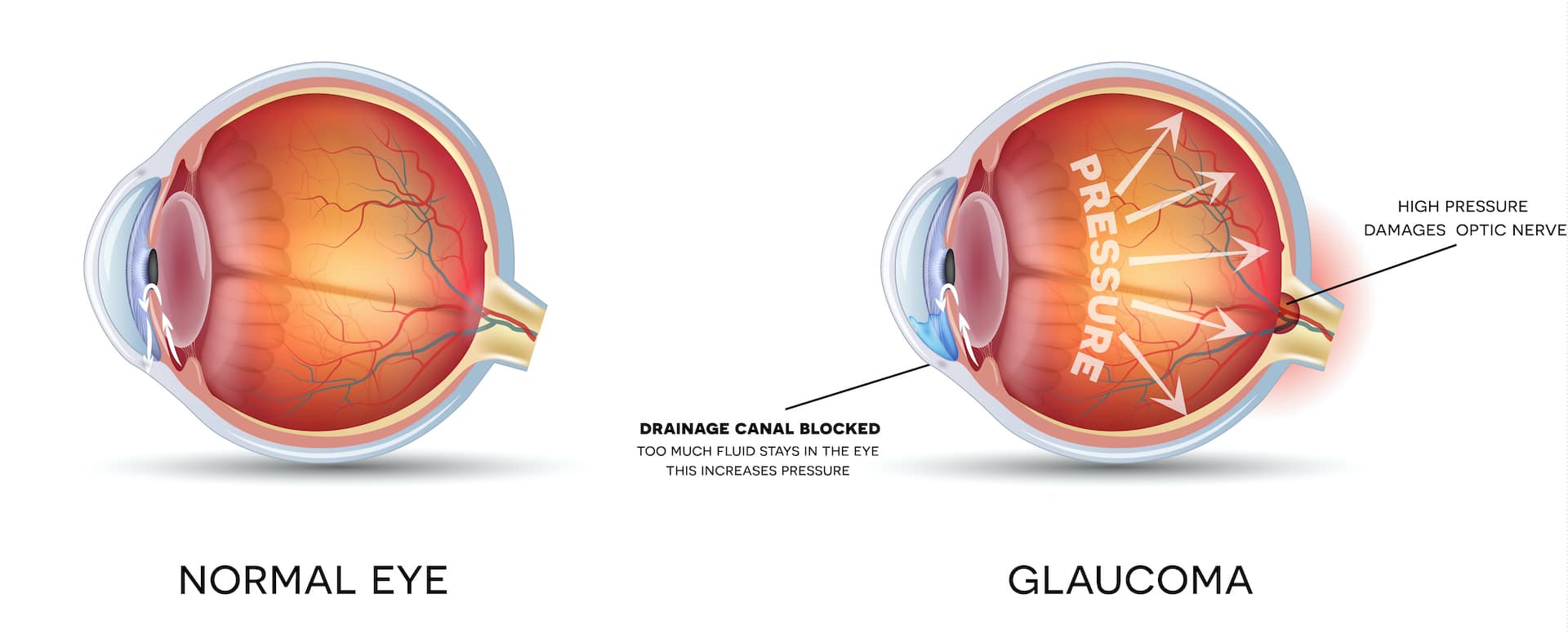Comprehensive Retina Service Near Me: Specialist Take Care Of Your Vision
Comprehensive Retina Service Near Me: Specialist Take Care Of Your Vision
Blog Article
Recognizing the Various Vision Adjustment Procedures Available for Clearer Sight
In the world of vision improvement procedures, a wide range of options exist to address refractive mistakes and offer people with clearer view. From the commonly acknowledged LASIK surgery to much less invasive treatments like PRK and implantable lenses, the field of ophthalmology supplies a variety of strategies tailored to fit different requirements and preferences. Each treatment includes its own collection of considerations, benefits, and potential threats. Comprehending the subtleties of these vision adjustment methods is important for making informed decisions concerning one's visual health. Allow's explore the intricacies of these procedures and shed light on the path to attaining boosted vision clearness.
LASIK Surgical Procedure
LASIK surgical procedure is a typical refractive treatment made use of to deal with vision troubles such as nearsightedness, farsightedness, and astigmatism. This medical technique, which stands for Laser-Assisted in Situ Keratomileusis, intends to improve the cornea to improve how light is concentrated on the retina, inevitably enhancing vision quality.
One of the key advantages of LASIK surgical procedure is the quick enhancement in vision experienced by clients. Lots of people discover a considerable improvement in their vision immediately after the treatment. Furthermore, a lot of patients report minimal pain and pain throughout the surgery and recovery period. The recovery time for LASIK is fairly quick, with many individuals going back to their day-to-day activities within a day or 2 post-operation. Overall, LASIK surgical procedure is a prominent selection for individuals looking for a long-term remedy for their vision issues.
PRK Treatment
While additionally an usual refractive treatment, the PRK (Photorefractive Keratectomy) method varies from LASIK surgical treatment in its method to fixing vision issues. In PRK, as opposed to developing a flap on the cornea, the outer layer of the cornea, called the epithelium, is totally gotten rid of. This enables the laser to improve the cornea to correct refractive errors such as nearsightedness, farsightedness, and astigmatism straight externally.

Despite the longer recovery time, PRK can yield exceptional lead to vision enhancement, making it a beneficial choice for those who may not appropriate prospects for LASIK surgery.
Implantable Lenses
In comparison to PRK where the cornea is improved directly, implantable lenses supply one more technique for dealing with vision by putting synthetic lenses inside the eye. This procedure is especially useful for individuals with high levels of astigmatism, farsightedness, or nearsightedness that may not appropriate candidates for laser surgical treatments like LASIK or PRK.
Implantable lenses, also called phakic intraocular lenses, job by supplementing the eye's all-natural lens with an artificial one. eyecare near me. These lenses can be placed before the natural lens (anterior chamber) or behind the iris and before the all-natural lens (posterior chamber) By changing the power and positioning of these lenses, ophthalmologists can efficiently deal with refractive errors and boost aesthetic acuity
One advantage of implantable lenses is that they are exchangeable and removable, offering versatility for future modifications. However, similar to any kind of operation, there are risks Clicking Here involved, such as infection or cataract formation. Patients considering implantable lenses ought to talk to an eye treatment expert to identify the most appropriate option based upon their specific demands and eye health.
Corneal Rings
Corneal rings, additionally recognized as intracorneal ring sections, are tiny, clear gadgets placed right into the cornea to remedy vision distortions such as keratoconus. Keratoconus is a condition where the cornea thins and bulges outside, causing vision to end up being altered. The insertion of corneal rings aids to flatten the cornea, improving visual acuity and minimizing the uneven astigmatism triggered by keratoconus.
The treatment for inserting corneal rings is minimally intrusive and reasonably quick, often carried out as an outpatient procedure. During the surgical treatment, the eye doctor makes a little incision in the cornea and inserts the rings at a certain depth. Once in position, the rings aid to improve the cornea, giving a smoother surface area for light to go into the eye, which can lead to more clear vision.
Corneal rings are thought about a reversible procedure, as they can be removed or replaced if essential. retina service near me. While they may not entirely eliminate the need for glasses or call lenses, corneal rings can dramatically improve vision top quality and overall aesthetic comfort for people with keratoconus or other corneal irregularities
Refractive Lens Exchange
Following the modification of corneal abnormalities with procedures like corneal rings, one more vision modification technique that can address refractive errors is Refractive Lens Exchange (RLE) RLE is a procedure that includes replacing the eye's all-natural lens with an artificial intraocular lens (IOL) to correct refractive mistakes such as farsightedness, presbyopia, and nearsightedness. Learn More This treatment is especially advantageous for individuals that may not be appropriate candidates for treatments like LASIK or PRK due to elements such as thin corneas or high refractive errors.

Verdict
In conclusion, there are various vision adjustment treatments readily available to aid people achieve clearer sight. LASIK surgery, PRK procedure, implantable lenses, corneal rings, and refractive lens exchange are all options that can attend to various vision concerns.
In the realm of vision modification procedures, a plethora of alternatives exist to resolve refractive mistakes and give people with clearer view.LASIK surgical procedure is an usual refractive procedure made use of to deal with vision problems such as astigmatism, nearsightedness, and farsightedness.While additionally a common refractive treatment, the PRK (Photorefractive Keratectomy) technique differs from LASIK surgical procedure in This Site its technique to remedying vision issues.Adhering to the improvement of corneal irregularities with procedures like corneal rings, another vision modification strategy that can resolve refractive errors is Refractive Lens Exchange (RLE) LASIK surgical procedure, PRK treatment, implantable lenses, corneal rings, and refractive lens exchange are all alternatives that can resolve different vision problems.
Report this page